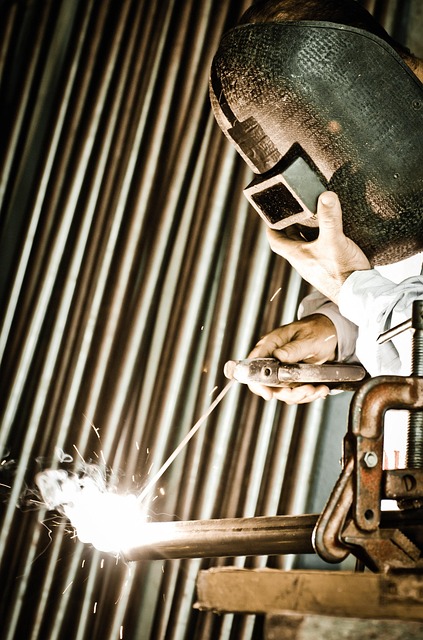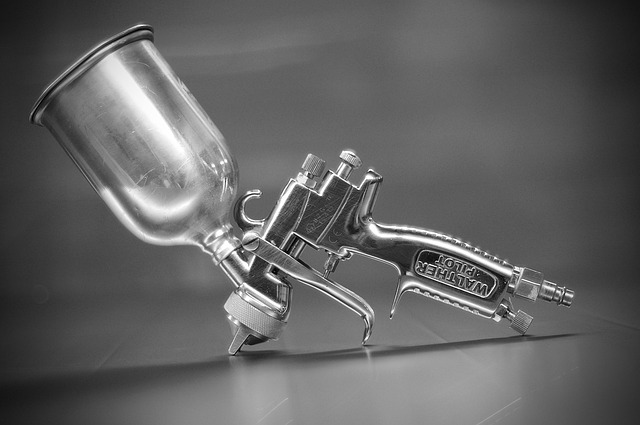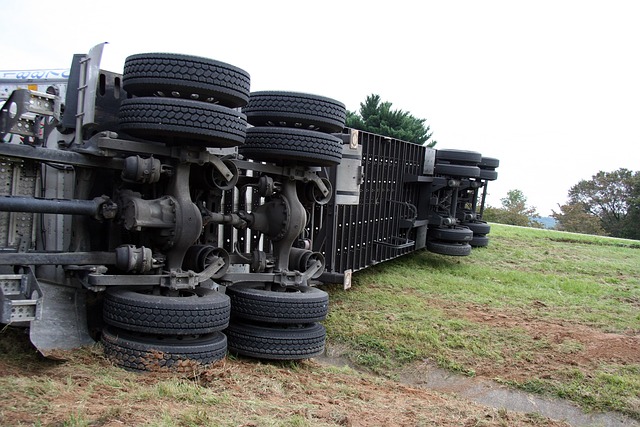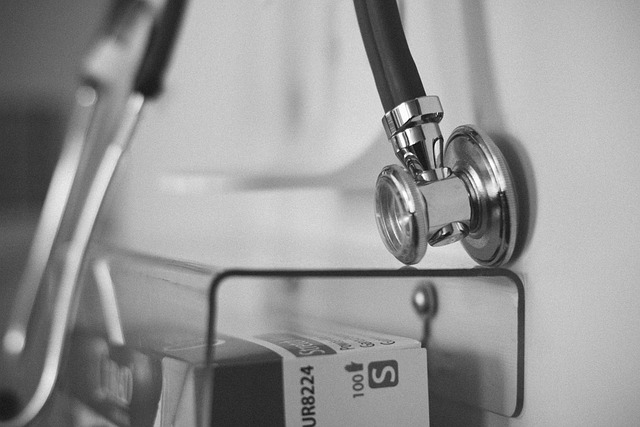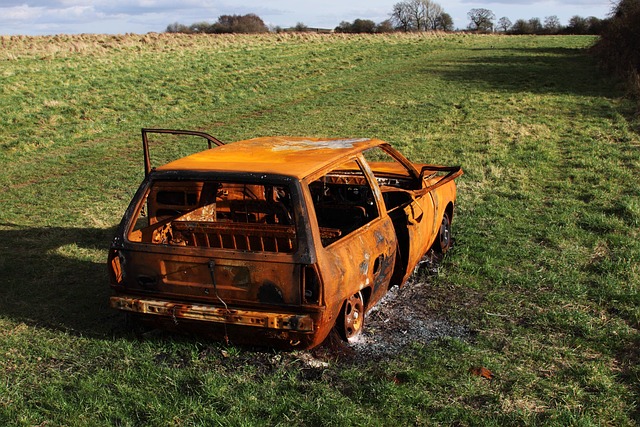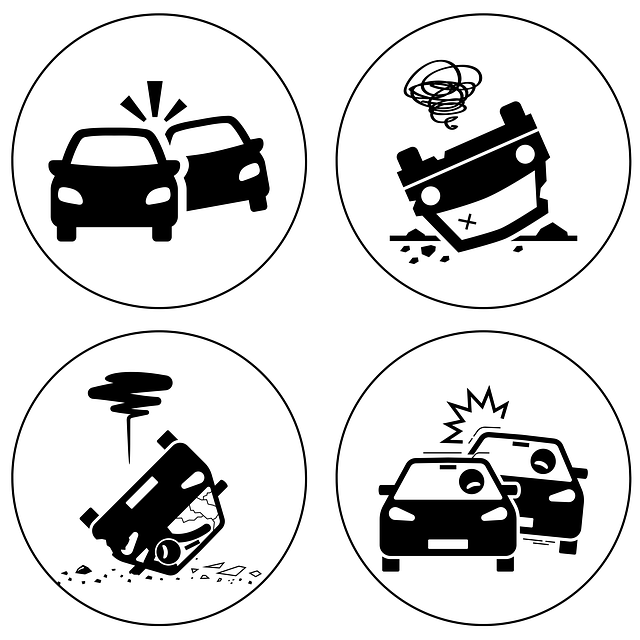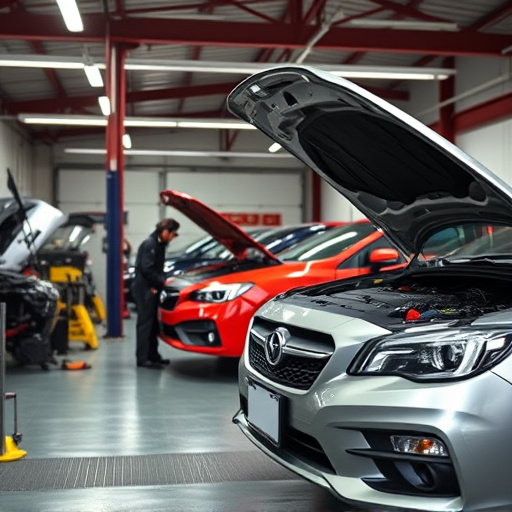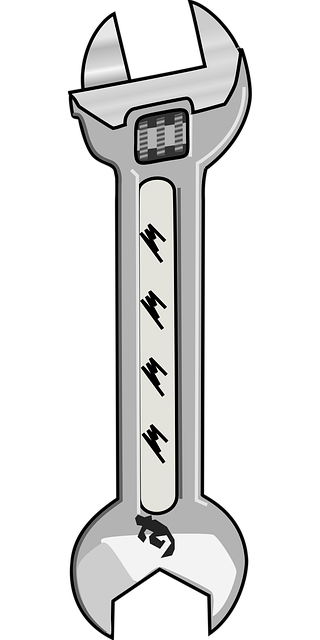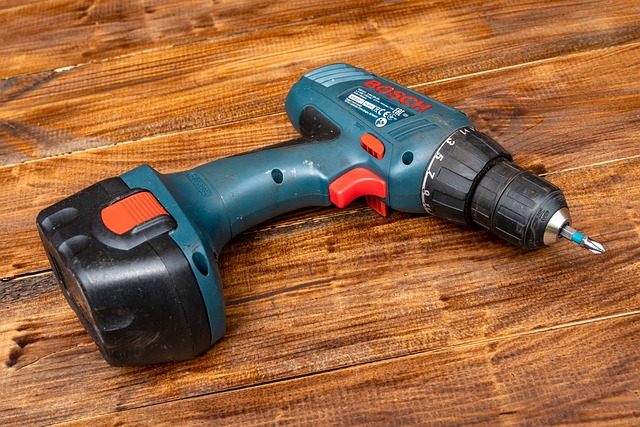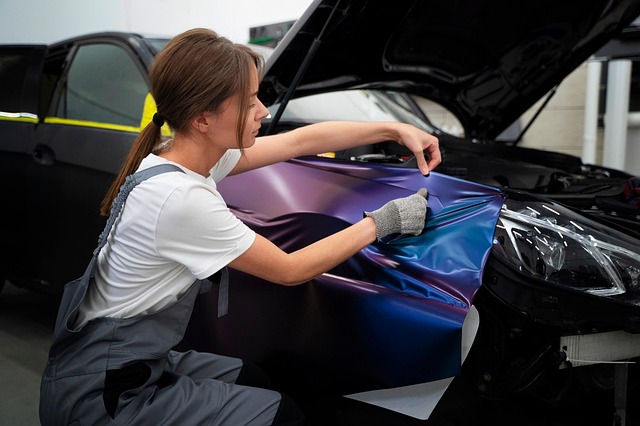Proper assessment using advanced techniques like CAD and 3D scanning is vital for structural damage repair in unibody and frame vehicles, as these methods enable experts to accurately identify complex damage patterns beyond visible aesthetics. This meticulous inspection ensures repairs that restore structural integrity, safety, and performance, mitigating risks associated with subpar work. Comprehensive inspections involve visual assessments, specialized measurements, non-destructive testing, and addressing affected components from the chassis to body panels. Repair techniques vary based on damage type, ranging from paintless dent repair for minor issues to metal fabrication or disassembly for severe accidents. Advanced technology empowers professionals to provide tailored, safe, and optimal restoration solutions while maintaining pre-accident vehicle condition.
In today’s automotive landscape, efficient structural damage repair is vital for restoring vehicles to their pre-incident condition. Whether it’s an unibody or frame structure, recognizing and addressing structural damage promptly is crucial. This article delves into the intricacies of structural damage assessment and repair techniques for optimal restoration. We explore common challenges and best practices to ensure effective repairs, helping professionals navigate the process efficiently. By understanding these key aspects, you’ll be equipped to handle structural damage repair with precision and expertise.
- Understanding Structural Damage in Unibody and Frame Vehicles
- Assessment and Repair Techniques for Optimal Restoration
- Common Challenges and Best Practices for Effective Structural Damage Repair
Understanding Structural Damage in Unibody and Frame Vehicles
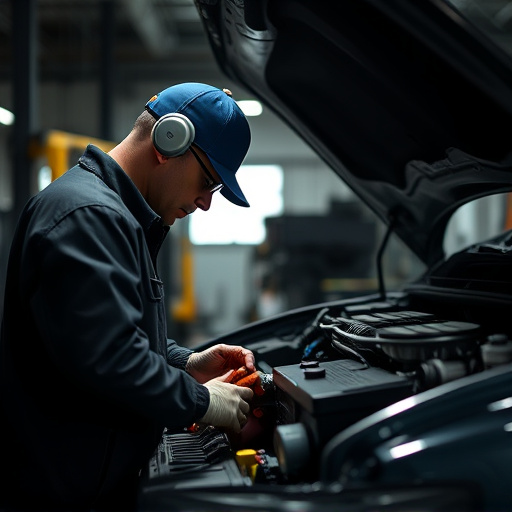
Structural damage in unibody and frame vehicles can arise from a variety of incidents, including collisions, road debris impact, or even manufacturing defects. Unibody structures, which are integral to the vehicle’s framework, consist of a single-piece body that combines multiple components, making them particularly vulnerable to complex damage patterns. This type of damage often extends beyond visible aesthetics, compromising critical structural integrity.
Proper assessment is crucial in structural damage repair for unibody and frame vehicles. Auto body work experts use advanced techniques like computer-aided design (CAD) and 3D scanning to accurately identify and measure the extent of damage. These methods ensure that every panel, joint, and component is thoroughly inspected, allowing for precise repairs that restore the vehicle’s safety and performance, effectively mitigating potential risks associated with subpar auto body work or vehicle dent repair attempts.
Assessment and Repair Techniques for Optimal Restoration
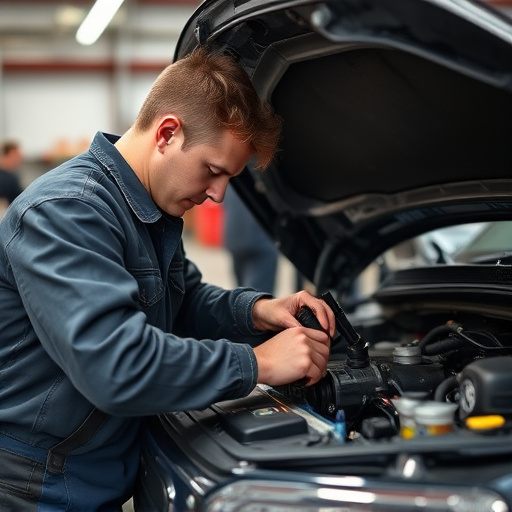
When assessing structural damage repair for unibody or frame vehicles, a thorough inspection is paramount. This involves visual examination, using specialized tools to measure displacement and stress points, and sometimes non-destructive testing like ultrasonics or X-ray imaging. The goal is to pinpoint the extent of the damage, ensuring every component—from the chassis to the body panels—is evaluated for repairability or replacement. This meticulous process forms the foundation for effective restoration strategies tailored to each unique vehicle.
Repair techniques vary based on the type and severity of structural damage. For minor issues like dents and dings, methods such as paintless dent repair (PDR) can be employed, preserving the original finish and avoiding extensive auto glass repair or complex frame straightening. In contrast, severe accidents may necessitate more intensive procedures, including metal fabrication, welding, and even complete vehicle disassembly for thorough inspection and precise restoration. Professional car repair services equipped with advanced technology offer a range of solutions, ensuring optimal vehicle restoration while adhering to safety standards.
Common Challenges and Best Practices for Effective Structural Damage Repair
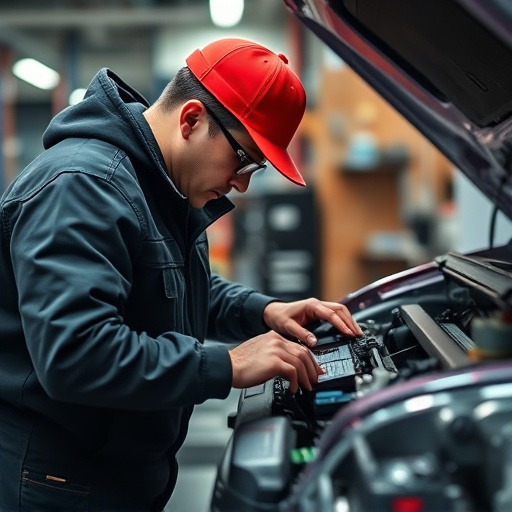
Structural damage repair for unibody and frame vehicles presents unique challenges due to their intricate designs and complex systems. One of the primary difficulties lies in accurately assessing the extent of the damage, as hidden or internal issues can often go unnoticed during initial inspections. These structural elements are vital for vehicle safety and stability, making precise repair techniques essential. Skilled technicians employ advanced tools and technologies to detect even microscopic weaknesses, ensuring no compromise on structural integrity.
Best practices in structural damage repair involve a meticulous approach. At the core, proper training and certification for collision repair center professionals are paramount. They must master various techniques, including metal bending, welding, and auto body painting, while adhering to strict safety protocols. Effective communication between technicians and customers is also vital for setting clear expectations. Additionally, using high-quality materials and employing state-of-the-art equipment guarantees the longevity of repairs, enhancing the overall vehicle performance and maintaining its pre-accident condition.
Structural damage repair is a meticulous process that demands a deep understanding of unibody and frame vehicle construction. By mastering assessment techniques and implementing best practices, technicians can ensure optimal restoration, preserving the safety, integrity, and value of these modern vehicles. With careful consideration and advanced repair methods, structural damage can be effectively addressed, allowing these vehicles to return to their pre-incident condition.
